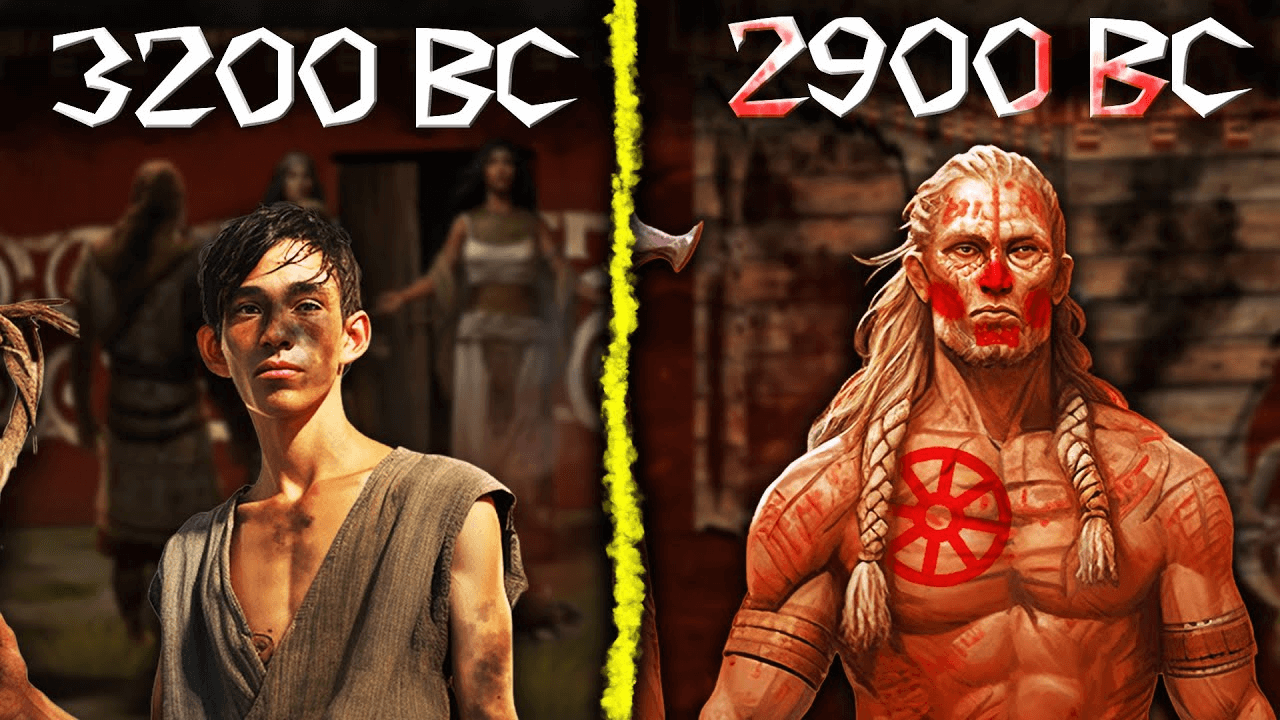In this video, we delve into a pivotal era around the mid-third millennium BC when civilization began to flourish in the Middle East, setting the stage for the rise of Egyptian and Mesopotamian kingdoms alongside bustling city-states. Simultaneously, in what is now modern-day Romania, the kukutini Tripilia culture thrived. Spanning an impressive 3,000 square kilometers, this culture thrived through a mix of agriculture, animal husbandry, and hunting. Notably, their society stood out for its surprising egalitarianism and peaceful coexistence within large settlements.
However, neighboring the kukutini people lay the Yamnaya culture, presenting a stark contrast. The Yamnaya were a nomadic, warlike people, living a life centered around pastoralism and trade while also being skilled warriors. Their social structure was rigid, dominated by a powerful warrior class at its apex.
Despite their divergent lifestyles and social structures, the Yamnaya and kukutini cultures had interactions. These interactions ranged from trade to, eventually, tensions as the third millennium BC drew to a close. However, unlike the battleships featured in the expansive game World of Warships, which boasts an array of over 400 vessels and 40 distinct maps for players to engage in epic 12 versus 12 battles or solitary exploration, the Yamnaya warriors lacked the naval capability to directly confront the kukutini people.
World of Warships offers an immersive experience, allowing players to navigate historical naval battles and explore strategic maneuvers, all within a free-to-play framework accessible on both PC and consoles.







